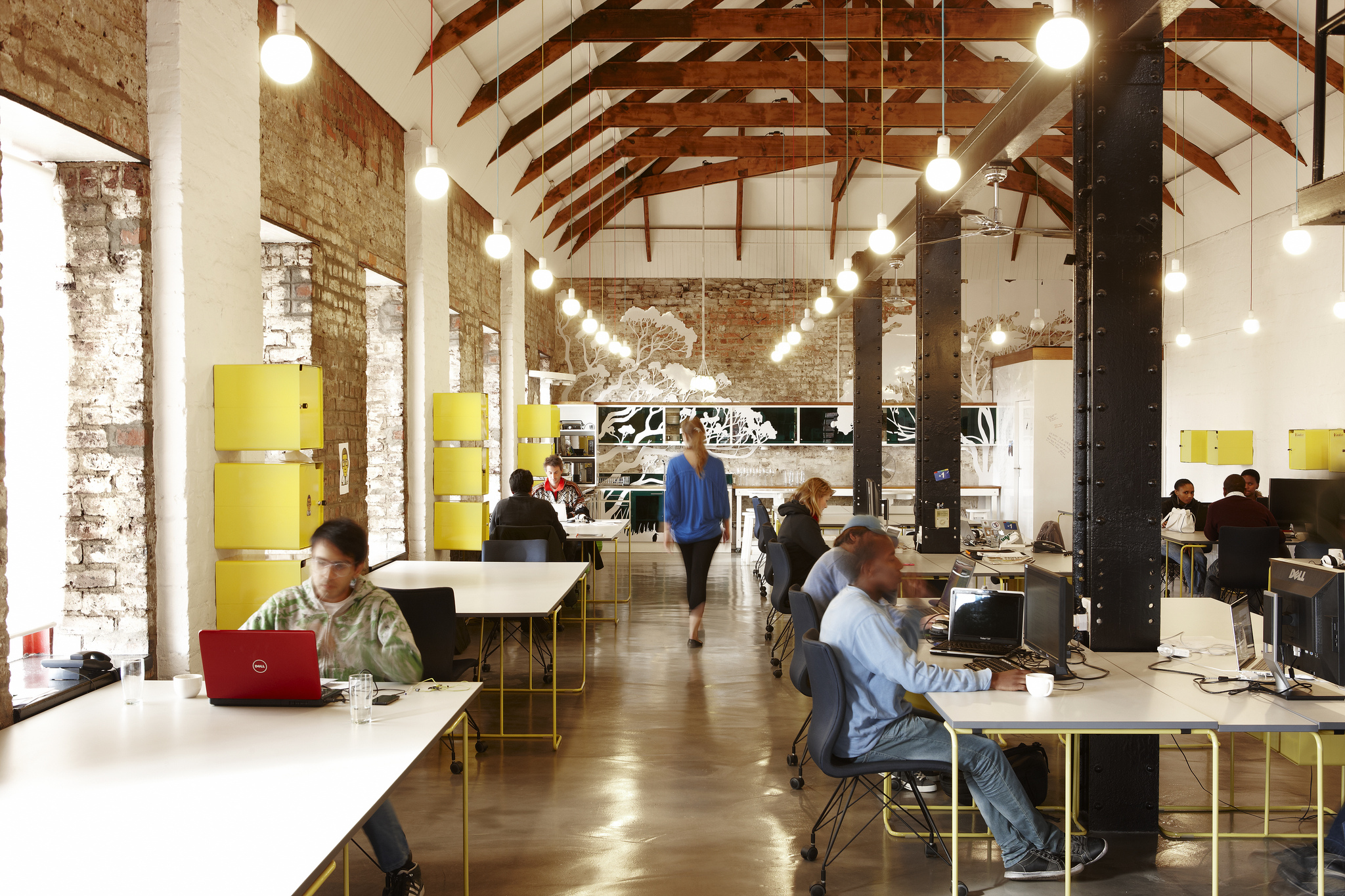A bold statement. Yes. But after a lot of discussion on this subject this was the result. Let’s take a walk on the discussion and thought side of things.
The flexible workspace was invented as a reaction on the cellular office-plan, cubicles and the closed working environment. Francis Cuthbert “Frank” Duffy, a British architect focussed on office landscaping and office-design started remodeling the working environment and especially the physical layout of the office. The reason for redesigning the physical workspace would be the lack of collaboration and longevity of it for advances in information technology. Cellular offices would connote and promote individual, unproductive, ideas. As a result initially British offices started to transform into open and flexible offices where collaborating is key and with the rise of flexible working times the open-office became a flexible office. At least, so do people say.

When researching this transition from cellular to flexible open office spaces we found that a flexible workspace as it is described in many articles and on Wikipedia, is a space where collaboration thrives and anyone is able to sit anywhere.
“Teamwork that fosters positive group dynamics is essential to organizational effectiveness in complex, computer-based work environments. (Robertson et al. 2008)”
What other offices who adapted to this ‘new’ way of working don’trealize was that it is specially designed for computer-based-working environments and not just for any company. In theory the idea connotes a space where anyone can sit at any desk at any specific time as long as it’s available. On the other hand what we found contradicted the idea of the flexible workspace. We found that within a company dynamic and -culture there are a lot of unspoken rules and laws. One of them we would like to call the familiarity effect. When a worker generally works in the same spot he or she gets used and familiar to that spot. This is limits the idea and effect of the flexible workspace. This is the reason that there is no such thing as a flexible office space pur sang. Just the idea or ‘illusion’ of one.







